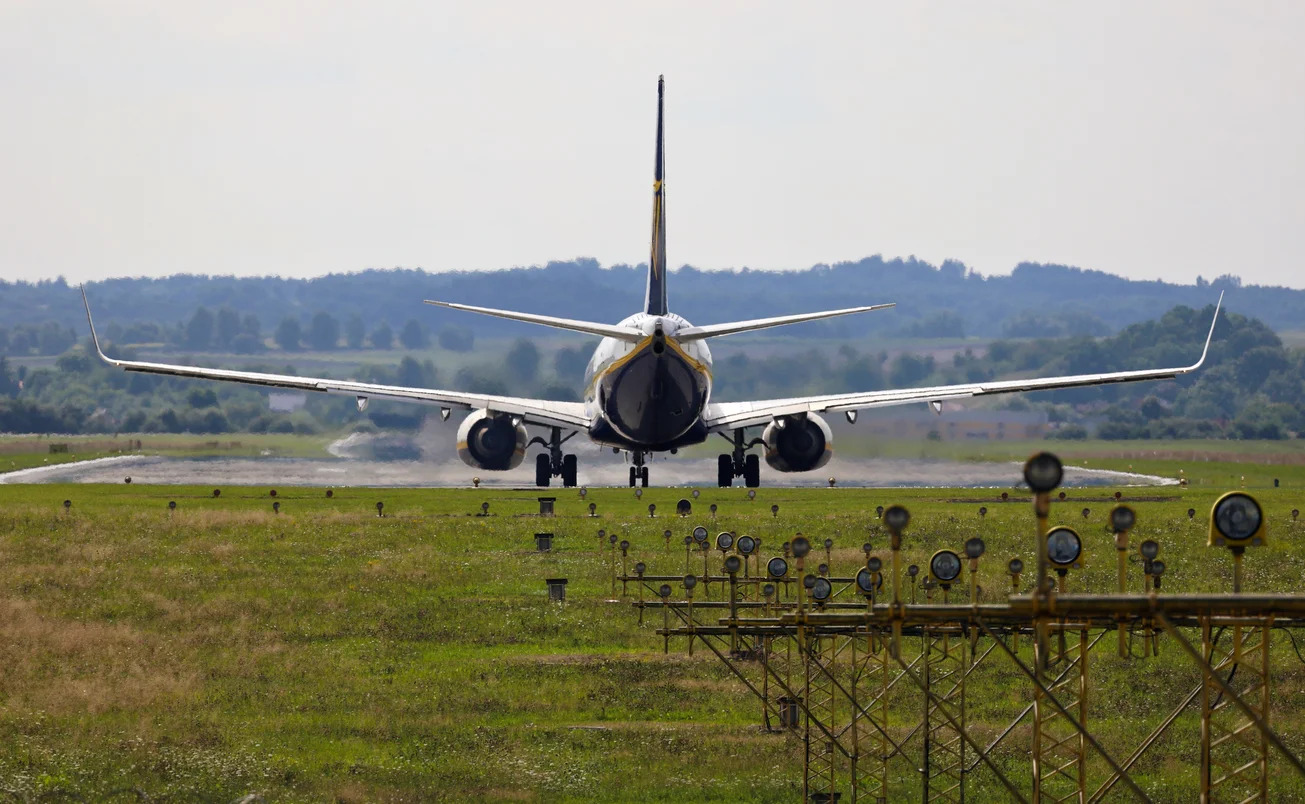
Ever wondered what makes airport runways so special? These strips of pavement aren't just long stretches of concrete. They play a crucial role in aviation safety and efficiency. From their unique numbering system to the materials used in construction, runways are designed with precision. Did you know that runway numbers are based on their magnetic heading? Or that some runways have grooves to help water drain quickly? Airport runways are marvels of engineering, ensuring planes can take off and land safely in various weather conditions. Let's dive into 19 fascinating facts that will change how you see these essential parts of air travel.
Key Takeaways:
- Airport runways are numbered based on their magnetic heading, and parallel runways use letters to differentiate them. They vary in length and are designed with safety features to ensure smooth and safe operations for all flights.
- Runways are made from durable materials like asphalt or concrete, and they incorporate safety features like grooved surfaces, runway lights, and instrument landing systems. Advanced technology and future developments aim to make runways even more efficient and environmentally friendly.
The Basics of Airport Runways
Airport runways are more than just strips of pavement. They are meticulously designed and maintained to ensure the safety of every flight. Here are some intriguing facts about these essential components of air travel.
-
Runway Numbers: Runways are numbered based on their magnetic heading. For example, a runway with a heading of 90 degrees is labeled as 09.
-
Parallel Runways: Airports with multiple runways in the same direction use letters to differentiate them, such as 09L (left) and 09R (right).
-
Runway Length: The length of a runway can vary significantly. Some are as short as 800 meters, while others, like the one at Denver International Airport, stretch over 4,800 meters.
Runway Design and Construction
The design and construction of runways involve careful planning and engineering to handle various aircraft and weather conditions.
-
Materials Used: Runways are typically made from asphalt or concrete. Concrete is more durable but also more expensive.
-
Grooved Surfaces: Many runways have grooves to improve traction and reduce the risk of hydroplaning during wet conditions.
-
Runway Markings: These include centerlines, touchdown zones, and edge markings, all of which help pilots during takeoff and landing.
Safety Features on Runways
Safety is paramount in aviation, and runways incorporate several features to ensure safe operations.
-
Runway Lights: Different colored lights help pilots identify the runway and its boundaries, especially during night operations or poor visibility.
-
Runway End Safety Areas (RESAs): These areas provide extra space beyond the runway to reduce the risk of damage if an aircraft overruns.
-
Instrument Landing Systems (ILS): ILS helps pilots land safely in low visibility conditions by providing precise guidance.
Environmental Considerations
Runways also have to account for environmental factors to ensure they remain functional and safe.
-
Bird Control: Airports use various methods to keep birds away from runways, including sound cannons and trained falcons.
-
Runway Orientation: Runways are oriented based on prevailing winds to minimize crosswinds during takeoff and landing.
-
De-icing: In colder climates, runways are regularly de-iced to prevent accidents caused by slippery surfaces.
Unique Runways Around the World
Some runways stand out due to their unique characteristics or challenging conditions.
-
Princess Juliana International Airport: This airport in St. Maarten is famous for its runway that starts just meters from a popular beach.
-
Tenzing-Hillary Airport: Located in Lukla, Nepal, this runway is known for its steep incline and short length, making it one of the most challenging in the world.
-
Gibraltar Airport: The runway here intersects with a major road, which has to be closed whenever a plane lands or takes off.
Technological Advances in Runway Management
Technology continues to improve the efficiency and safety of runway operations.
-
Runway Incursion Systems: These systems alert air traffic controllers and pilots if an unauthorized vehicle or aircraft enters the runway.
-
Automated Weather Stations: These provide real-time weather data to help pilots and controllers make informed decisions.
-
Runway Surface Condition Monitoring: Advanced sensors monitor the runway surface for conditions like ice or debris, ensuring timely maintenance.
Future of Runways
The future holds exciting possibilities for runway design and technology.
- Sustainable Materials: Researchers are exploring eco-friendly materials for runway construction to reduce environmental impact.
Final Take on Airport Runways
Airport runways are more than just strips of pavement. They’re marvels of engineering and safety. From their unique numbering system to the materials used in construction, every detail ensures safe takeoffs and landings. Runways can be as short as 800 feet or stretch over 18,000 feet, depending on the airport's needs. They’re designed to handle various weather conditions, with grooves and lighting systems aiding pilots. Some runways even have arrestor beds to stop planes in emergencies. Understanding these facts gives us a new appreciation for the complexity and importance of runways in air travel. Next time you’re at an airport, take a moment to think about the incredible infrastructure that makes your journey possible. Safe travels!
Frequently Asked Questions
Was this page helpful?
Our commitment to delivering trustworthy and engaging content is at the heart of what we do. Each fact on our site is contributed by real users like you, bringing a wealth of diverse insights and information. To ensure the highest standards of accuracy and reliability, our dedicated editors meticulously review each submission. This process guarantees that the facts we share are not only fascinating but also credible. Trust in our commitment to quality and authenticity as you explore and learn with us.


